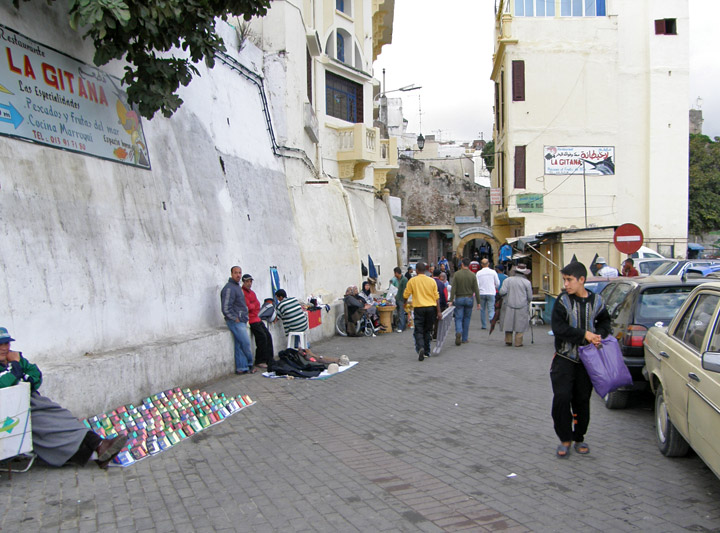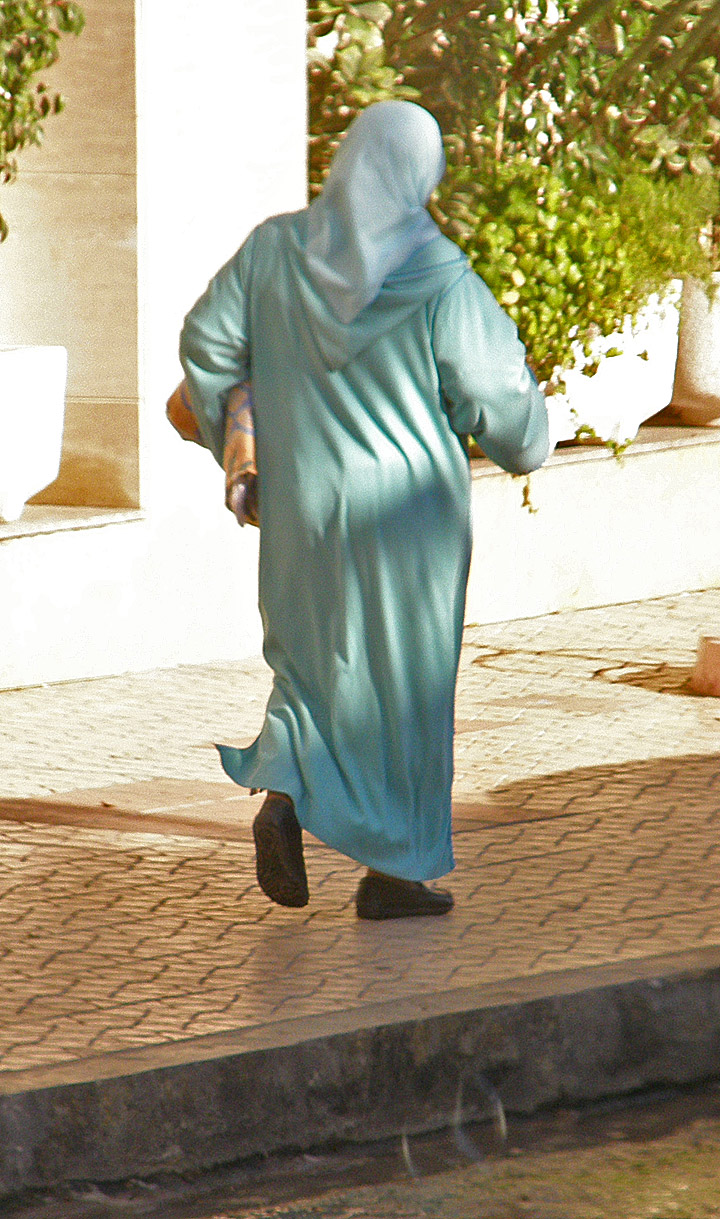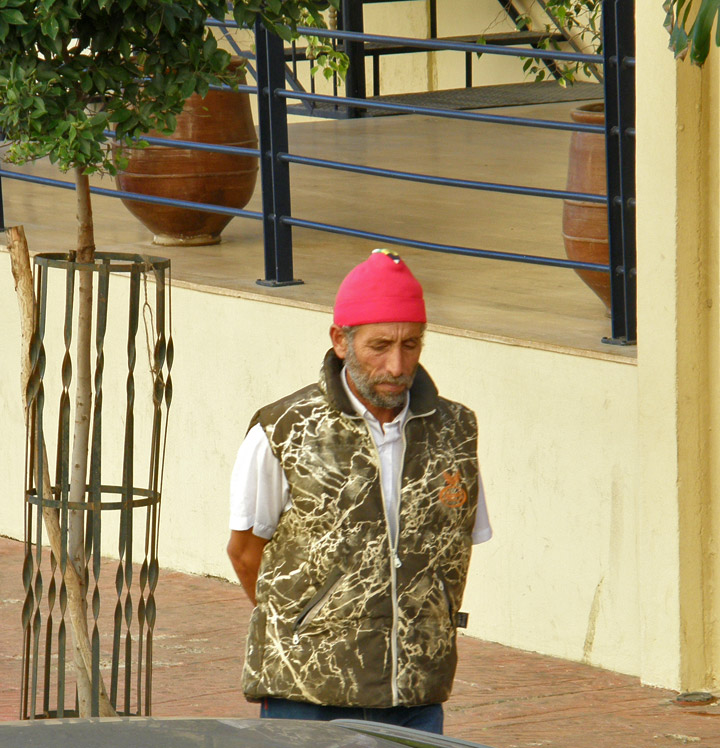

Tangier
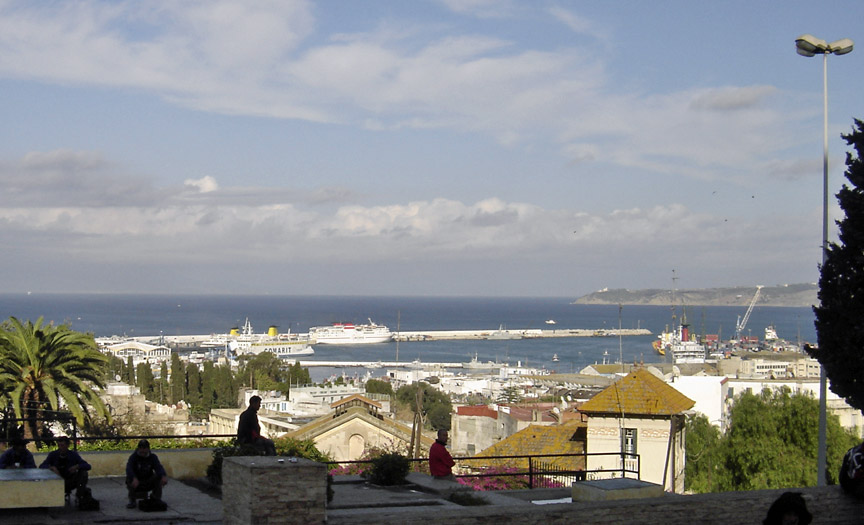
Atlantic Coast at Tangier
Tangier or Tangiers (Tanja
طنجة in Berber and Arabic, Tánger in Spanish, Tânger in Portuguese, and Tanger
in French) is a city of northern Morocco with a population of 669,680 (2004
census). It lies on the North African coast at the western entrance to the
Strait of Gibraltar where the Mediterranean meets the Atlantic Ocean off Cape
Spartel. It is the capital of the Tangier-Tétouan Region.
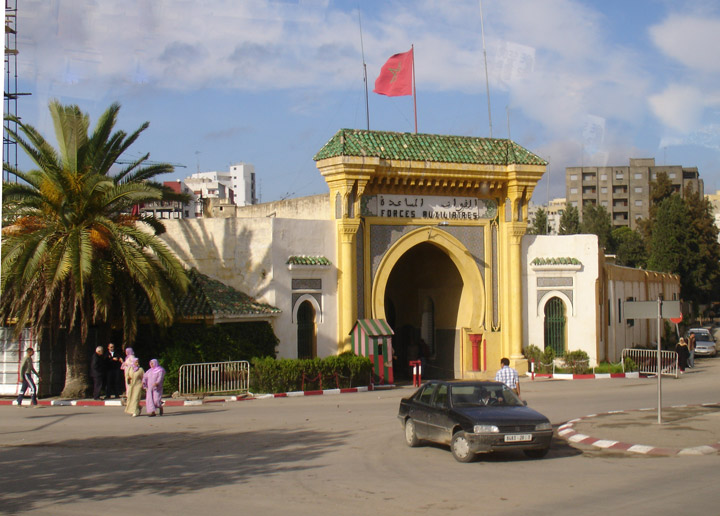
The modern Tanjah (Anglicised as Tangier) is an ancient Phoenician town, founded
by Carthaginian colonists in the early 5th century BCE. Its name is possibly
derived from the Berber goddess Tinjis (or Tinga), and it remains an important
city for the Berbers. Ancient coins call it Tenga, Tinga, and Titga, Greek and
Latin authors giving numerous variations of the name. According to Berber
mythology, the town was built by Sufax, son of Tinjis, the wife of the Berber
hero Antaios. The Greeks ascribed its foundation to the giant Antaeus, whose
tomb and skeleton are pointed out in the vicinity, calling Sufax the son of
Hercules by the widow of Antaeus. The cave of Hercules, a few miles from the
city, is a major tourist attraction. It is believed that Hercules slept there
before attempting one of his twelve labors.
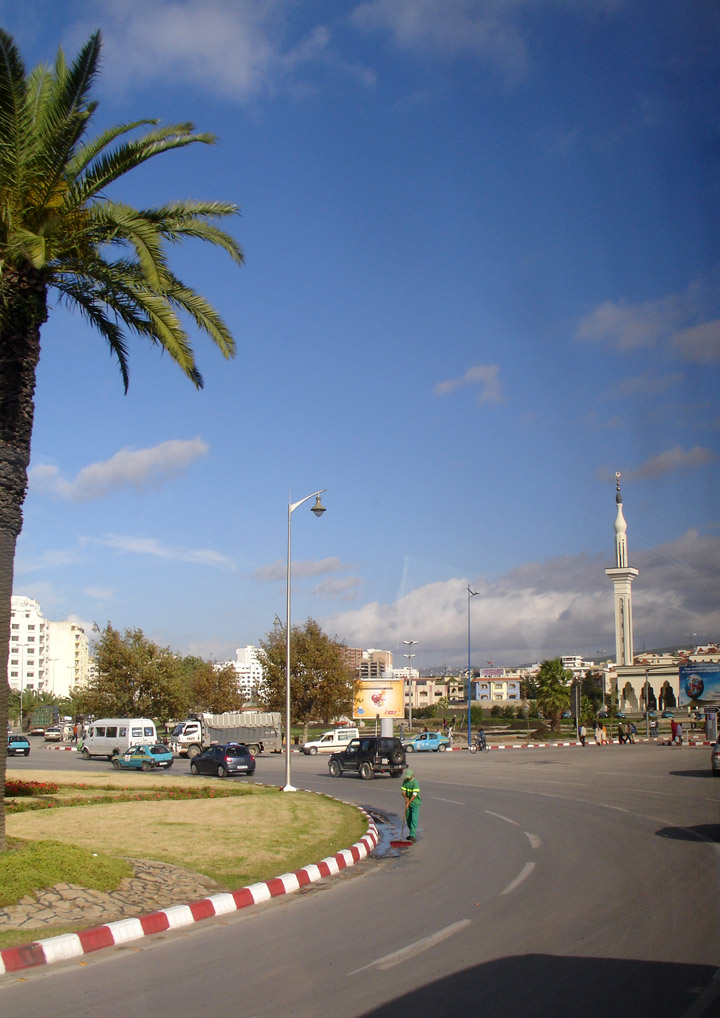
The commercial town of Tingis came under Roman rule in the course of the 1st
century BC, first as a free city and then, under Augustus, a colony (Colonia
Julia, under Claudius), capital of Mauritania Tingitana of Hispania. In the 5th
century CE, Vandals conquered and occupied "Tingi" and from here swept across
North Africa. A century later (between 534 and 682), Tangier became part of the
Byzantine empire, before coming under Arab control in 702.
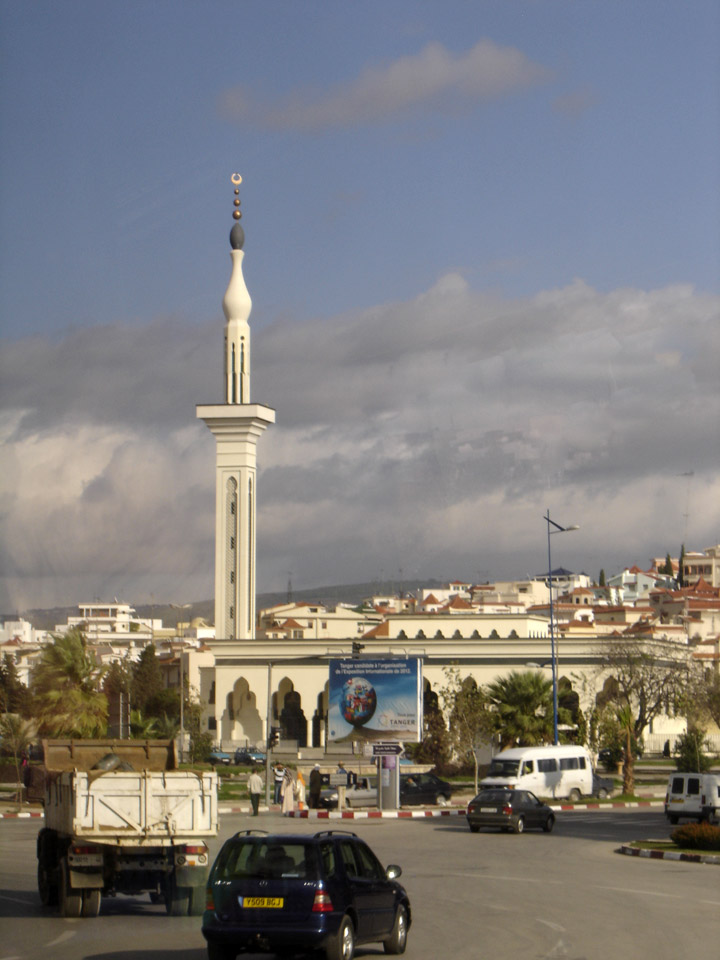
The city had a chequered history from the late Middle Ages, being held by the
Portuguese from 1471-1580; by Spain during the Portuguese unification with
Spain, 1580-1640; and by Portugal again, 1640-1661. In 1661 it was given to
Charles II of England as part of the dowry from the Portuguese Infanta Catherine
of Braganza. The English gave the city a garrison and a charter which made it
equal to English towns.
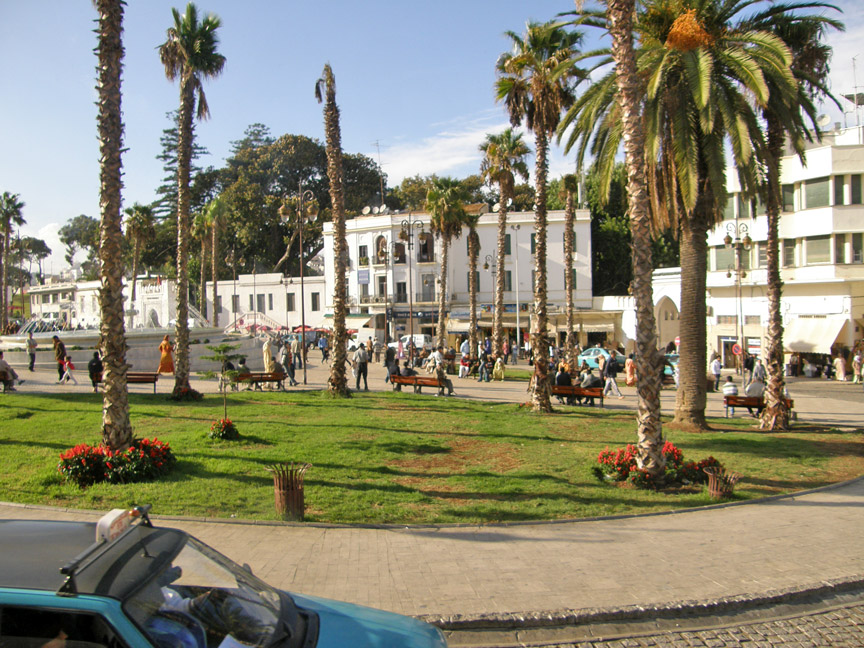
In 1679, Sultan Moulay Ismail of Morocco made an unsuccessful attempt to seize
the town but imposed a crippling blockade which ultimately forced the English to
withdraw. The English destroyed the town and its port facilities prior to their
departure in 1684. Under Moulay Ismail the city was reconstructed to some
extent, but it gradually declined until, by 1810, the population was no more
than 5,000.
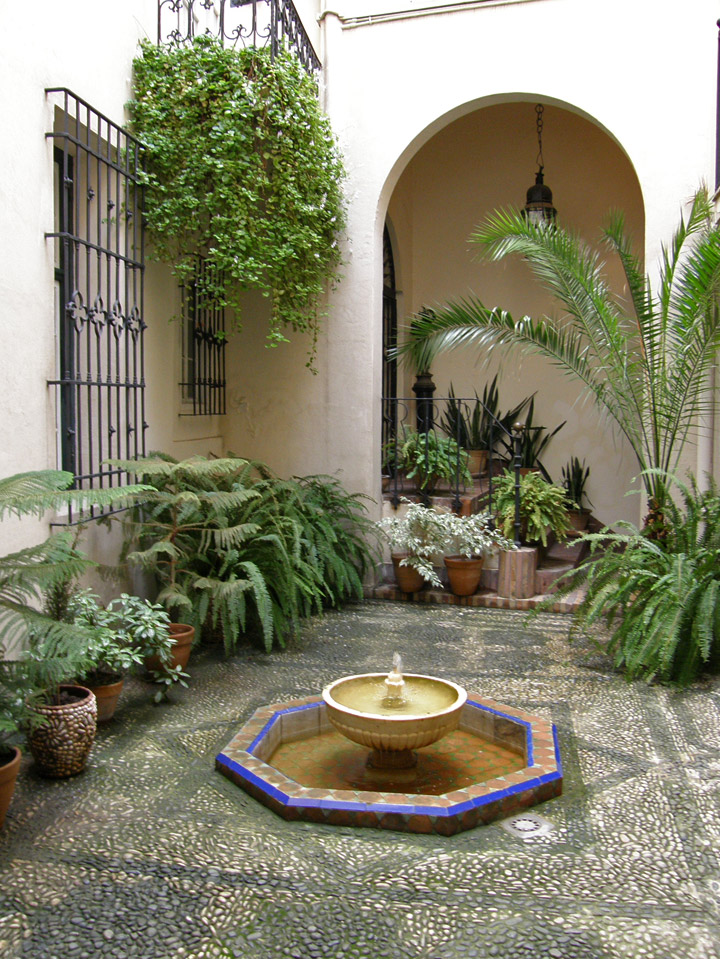
The American Legation courtyard
More Photos
of the American Legation
The United States dedicated its first consulate in Tangier during the Washington administration. In 1821, the Legation Building in Tangier became the first piece of property acquired abroad by the U.S. government--a gift to the U.S. from Sultan Moulay Suliman. It was bombarded by the French Prince de Joinville in 1844.
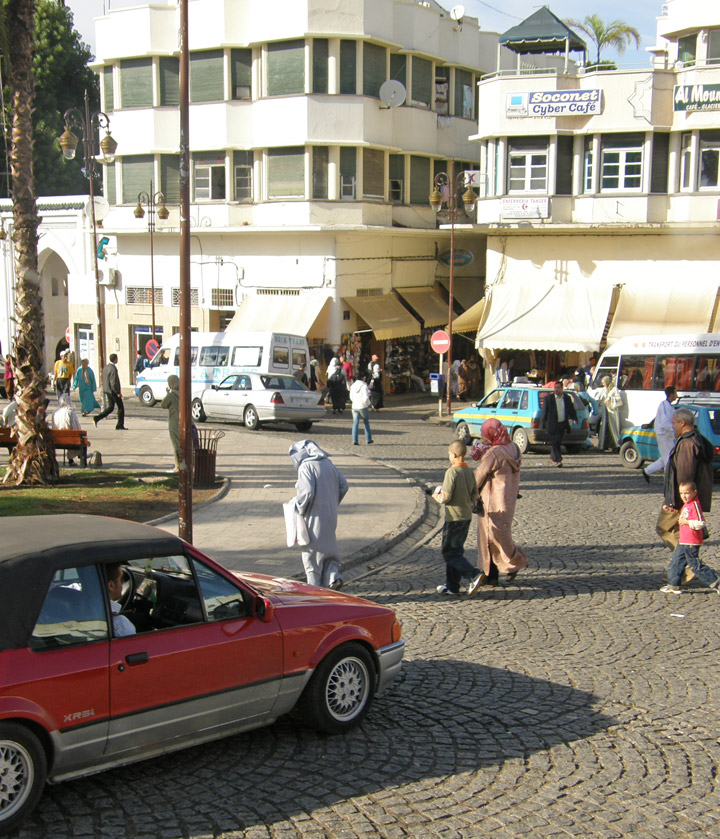
Tangier's geographic location made it a centre for European diplomatic and commercial rivalry in Morocco in the late 19th and early 20th centuries. By the opening of the 20th century it had a population of about 40,000, including 20,000 Muslims (with Berbers predominating over Arabs), 10,000 Jews, and 9,000 Europeans (of whom 7,500 were Spanish). The city was increasingly coming under French influence, and it was here in 1905 that Kaiser Wilhelm II triggered an international crisis that almost led to war between his country and France by pronouncing himself in favor of Morocco's continued independence.
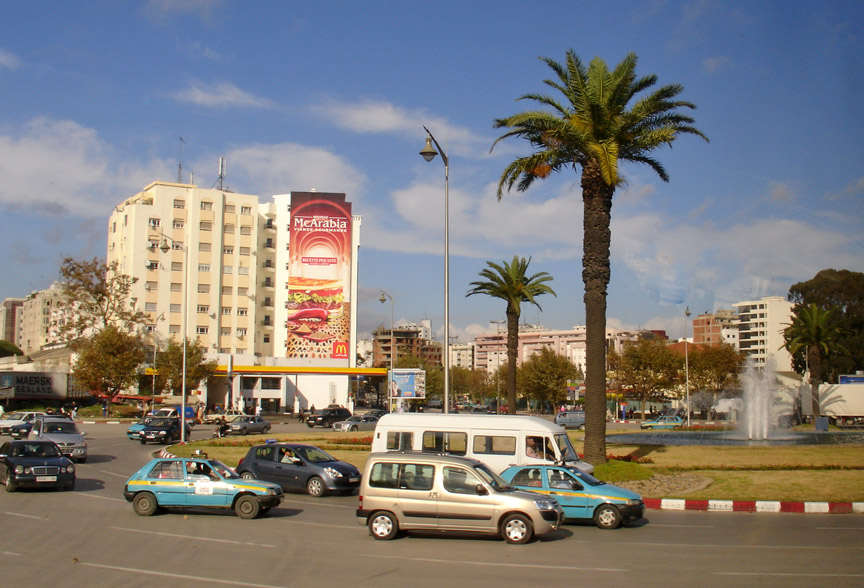
McArabia at McDonalds
In 1912, Morocco was effectively partitioned between France and Spain, the latter occupying the country's far north (called Spanish Morocco) and a part of Moroccan territory in the south, while France declared a protectorate over the remainder. Tangier was made an international zone in 1923 under the joint administration of France, Spain, and Britain, joined by Italy in 1928.

After a period of effective Spanish control from 1940 to 1945 during World War
II, Tangier was reunited with the rest of Morocco following the restoration of
full sovereignty in 1956.
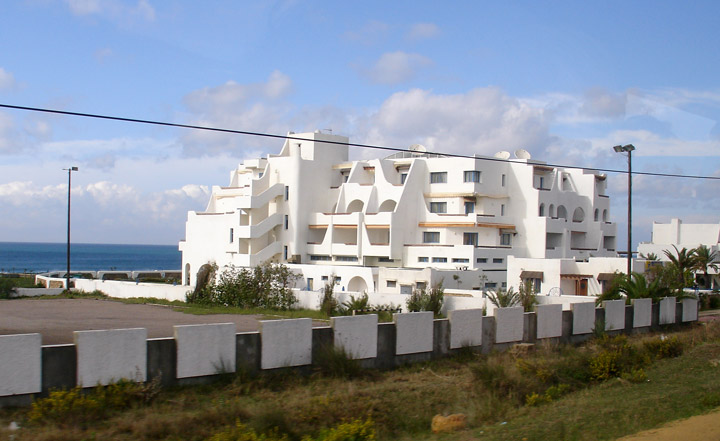
ocean front property
Tangier was a Roman Catholic titular see of former Mauretania Tingitana (the official list of the Roman Curia places it in Mauretania Caesarea).
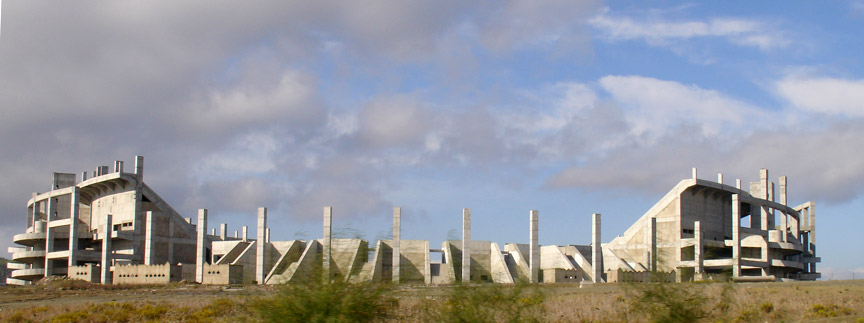
stadium
Towards the end of the third century, Tangier was the scene of the martyrdom of St. Marcellus, mentioned in the Roman Martyrology on 30 October, and of St. Cassian, mentioned on 3 December. It is not known whether it was a diocese in ancient times.

Under the Portuguese domination, it was a suffragan of Lisbon and, in 1570, was
united to the diocese of Ceuta. Six of its bishops are known, the first, who did
not reside in his see, in 1468. In the protectorate era of Morocco Tangier was
the residence of the prefect Apostolic of Morocco, which mission was in charge
of the Friars Minor. It had a Catholic church, several chapels, schools, and a
hospital.
Tangier is a host of the Anglican church of Saint Andrew.
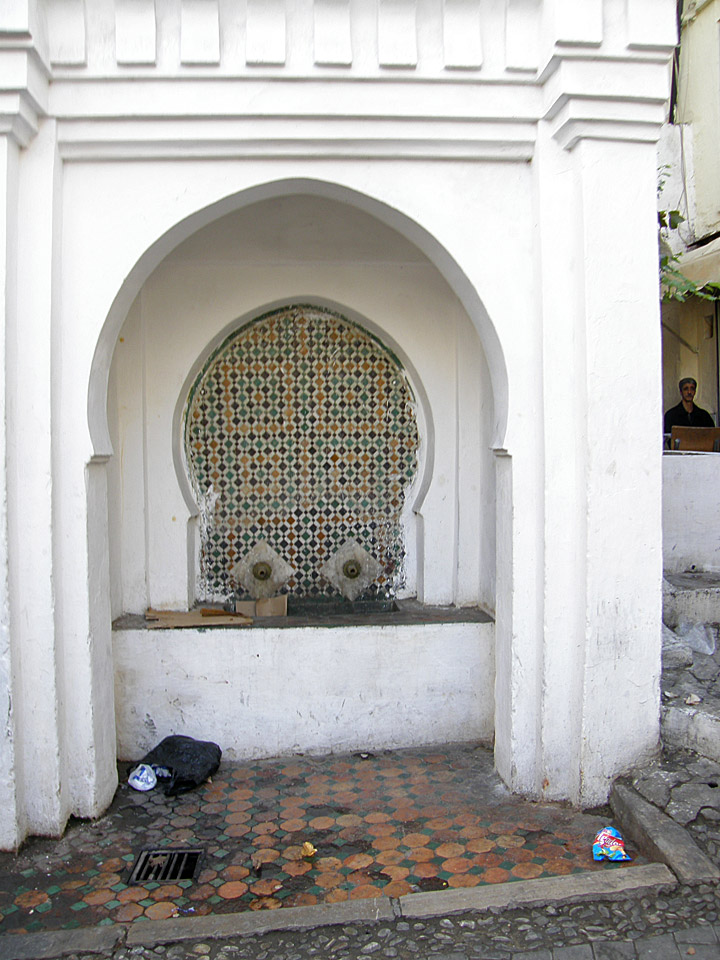
Tangier has been reputed as a safe house for international spying activities.
Its position during the Cold War and other spying periods of the 19th and 20th
century is legendary. Tangier acquired the reputation of a spying and smuggling
centre and attracted foreign capital due to political neutrality and commercial
liberty at that time.
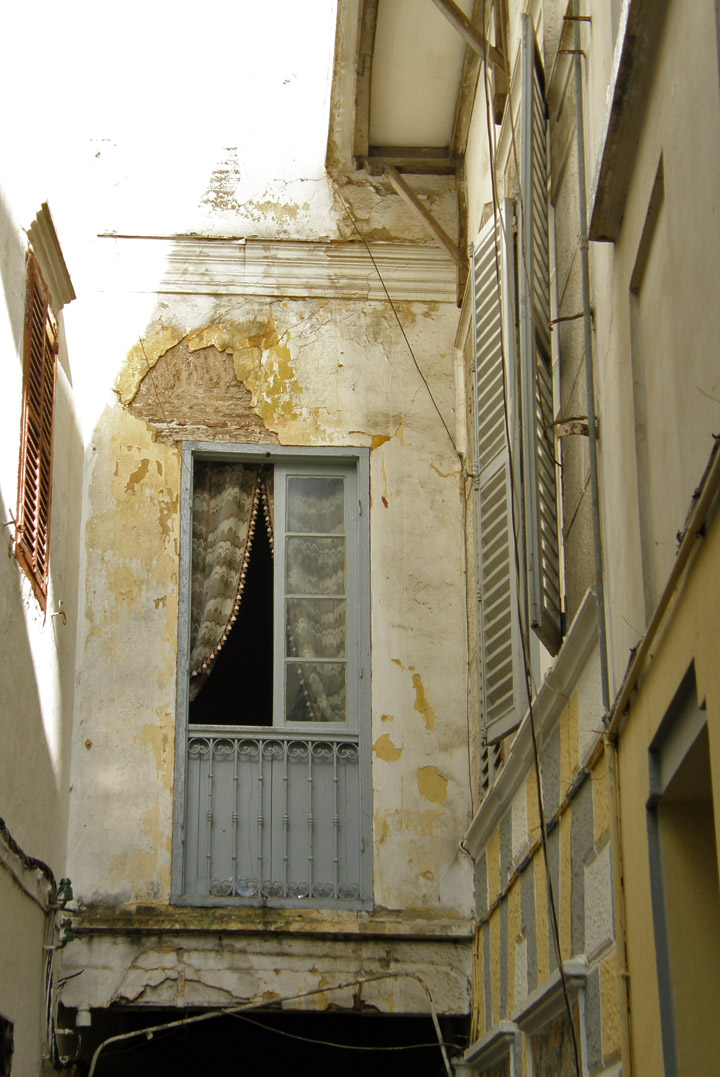
More Recently, Tangier has been affiliated with an International Investigations
firm, Tangiers International, who claim to be the largest Investigations firm in
the world.
The city has also been a subject for many spy fiction books and films.
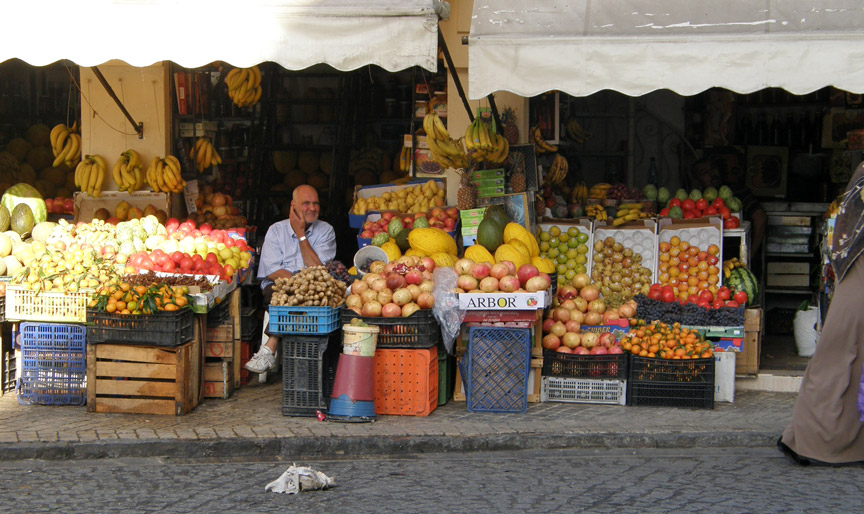
The multicultural placement of Muslim, Christian, and Jewish communities and the
foreign immigrants attracted writers like Paul Bowles, William S. Burroughs,
Jack Kerouac, Tennessee Williams, Brion Gysin and the music group the Rolling
Stones, who all lived in or visited Tangier.
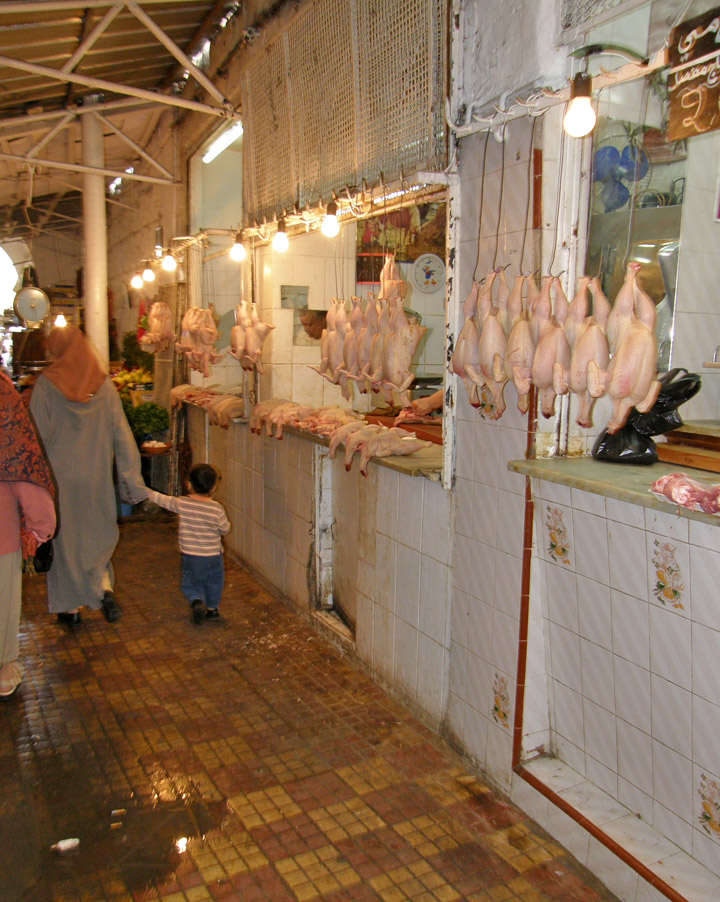
It was after Delacroix that Tangier became an obligatory stop for artists
seeking to experience the colors and light he spoke of for themselves - with
varying results. Matisse made several sojourns in Tangier, always staying at the
Hotel Villa de France. "I have found landscapes in Morocco," he claimed,
"exactly as they are described in Delacroix's paintings." The Californian artist
Richard Diebenkorn was directly influenced by the haunting colors and rhythmic
patterns of Matisse’s Morocco paintings.
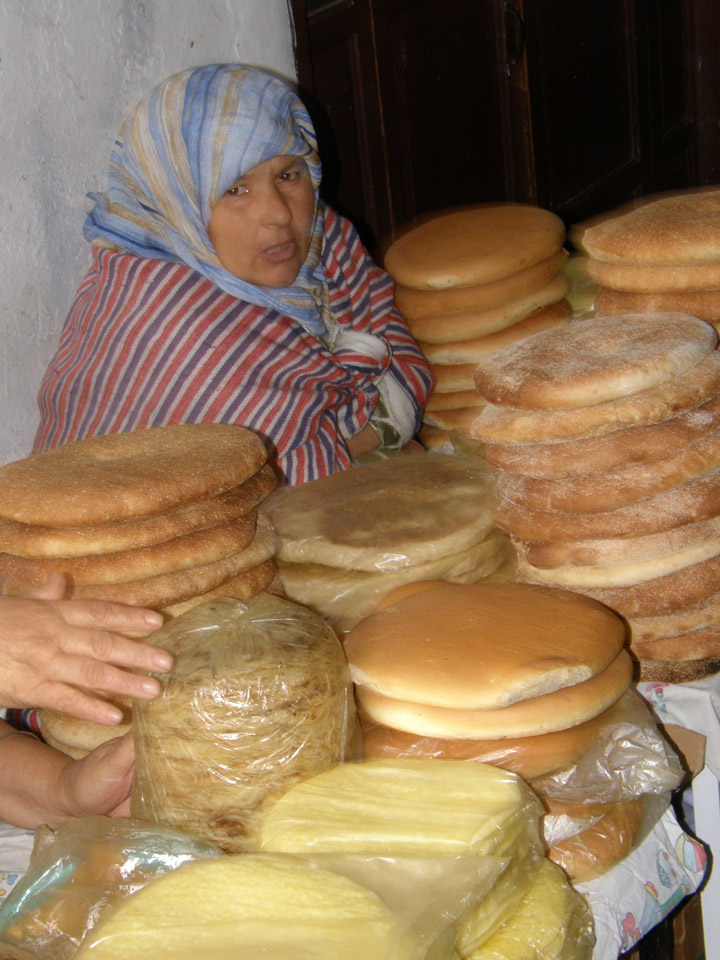
In the 1940s and until 1956 when the city was an International Zone, the city
served as a playground for eccentric millionaires, a meeting place for secret
agents and all kinds of crooks, and a mecca for speculators and gamblers, an
Eldorado for the fun-loving "Haute Volée".

Around the same time, a circle of writers emerged which was to have a profound
and lasting literary influence. This included Paul Bowles, Tennessee Williams
and Jean Genet as well as Mohamed Choukri (one of North Africa's most
controversial and widely read authors), Abdeslam Boulaich, Larbi Layachi,
Mohammed Mrabet and Ahmed Yacoubi. Among the best known works from this period
is Choukri's For Bread Alone. Originally written in Classical Arabic, the
English edition was the result of close collaboration with Bowles (who worked
with Choukri to provide the translation and supplied the introduction).
Tennessee Williams described it as 'a true document of human desperation,
shattering in its impact.' Independently, William S. Burroughs' Naked Lunch was
written in Tangier and the book's locale of Interzone is an allusion to the
city.
Text from Wikipedia
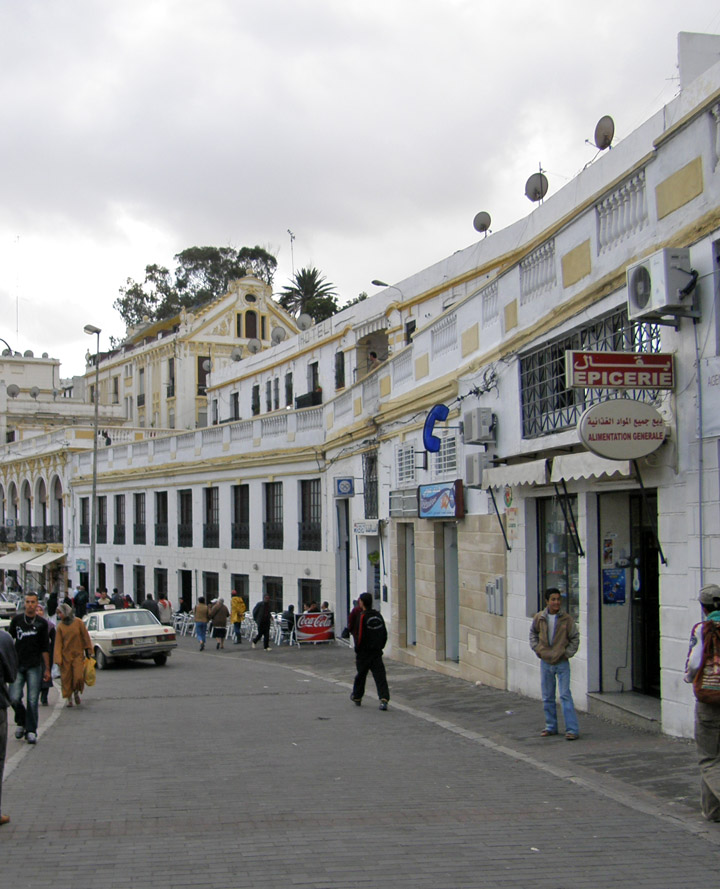
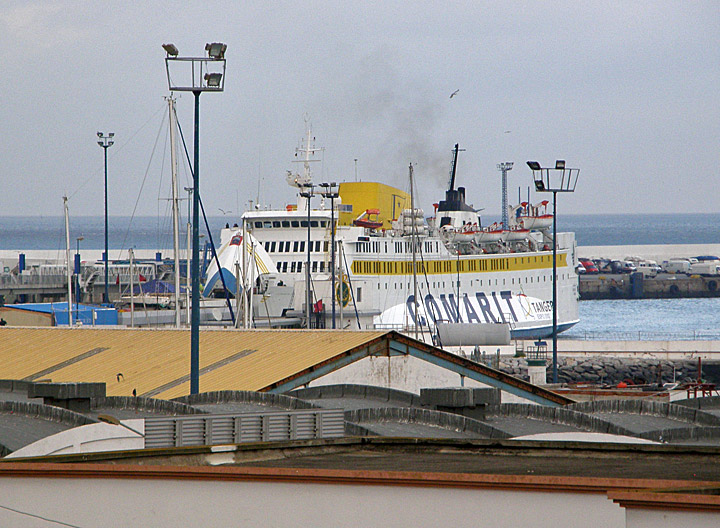
the ferry from Europe
